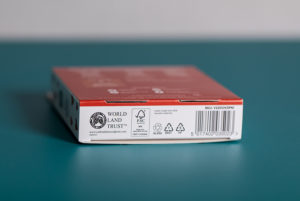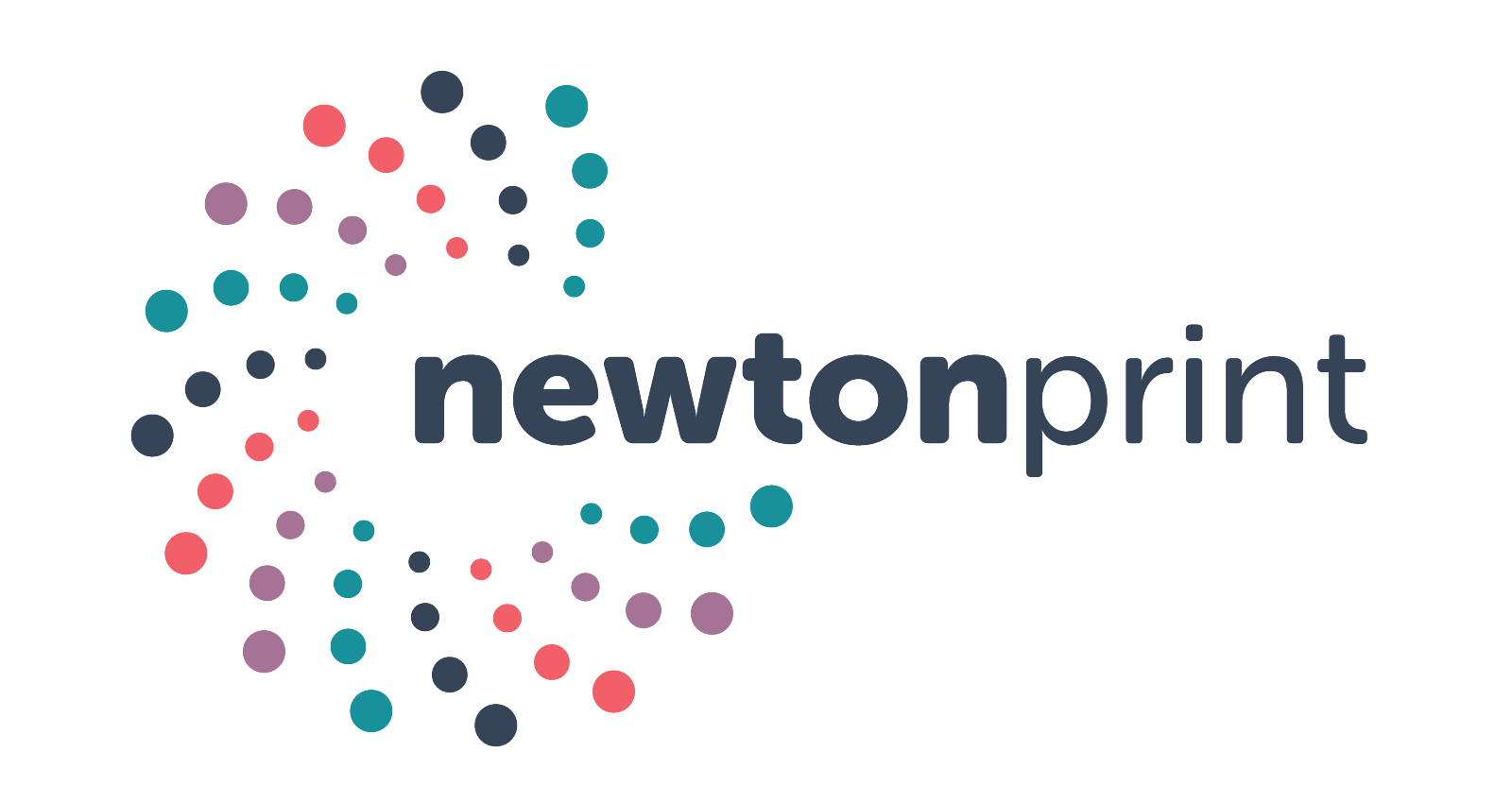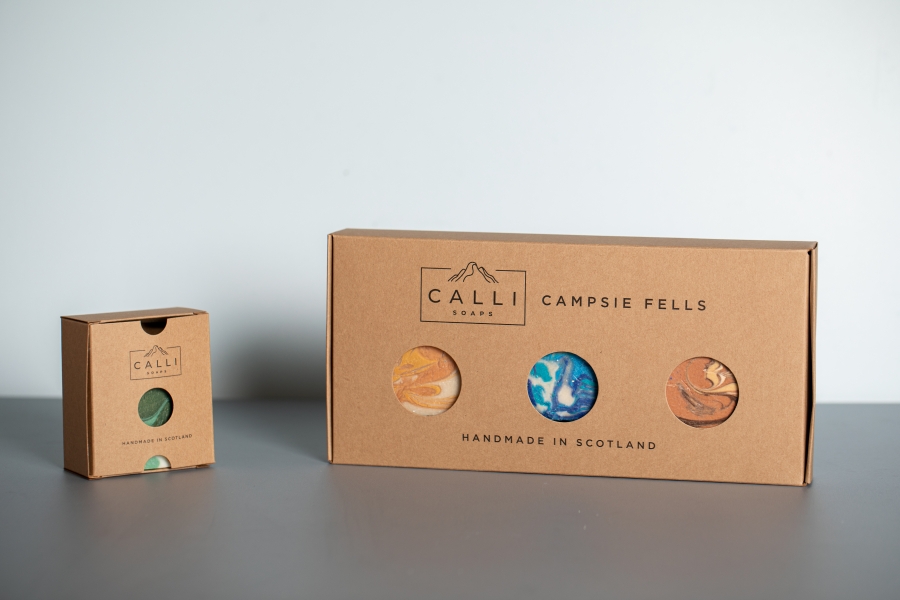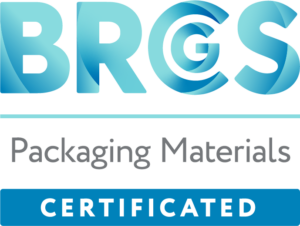How do I make the transition to sustainable packaging?
Packaging is in the spotlight like never before. Recent studies suggest that over 50% of buyers now take into consideration the packaging of a product before making their purchase decision. Additionally, a survey by the Chartered Institute of Marketing suggests that 8 in 10 people want companies to invest in more sustainable packaging solutions.
This renewed attention on packaging comes with its own advantages – research by Trivium Packaging found that 74% of consumers were prepared to pay more for sustainable packaging.
So how can you make the switch? We look at four quick wins to transform your packaging as well as bonus content on how to promote this to your customers:
Switch away from single-use plastics
 Maybe the most obvious place to start, which is often the case with innovation; very often, the solutions are right under your nose.
Maybe the most obvious place to start, which is often the case with innovation; very often, the solutions are right under your nose.
Single-use plastics have been under fire for some time now, and rightly so. Considered by many a by-product of the technological revolution, single-use plastics are creating a huge environmental problem but also a headache for marketers of products still using this material.
The reality is, though, that brands who make the effort to ditch single-use plastics altogether will reap the rewards when customers make purchasing decisions.
Take, for example, our client Salcombe Suppers who took the bold decision to replace plastic trays (notoriously blacklisted for recycling) with Pyrex dishes for their gourmet seafood-based meals.
Through this scheme, customers get not only a hearty and nourishing meal, but also a keepsake that will last for years (everyone knows that Pyrex dishes are unkillable, right?)
We have another client (anonymous for now as it’s still in development) who is replacing those awful plastic blister-packs for agricultural retail products with a gable-top carton, complete with a fancy shaped cut-out aperture.
Not only are they improving the customer experience by taking out those impenetrable blister packs, they’re also helping the environment by using a 100% kerbside recyclable carton board to replace it.
Plastics aren’t all bad though
It would be an error to presume that all plastic is bad though. There is a much wider context to look at.
Take a fresh ready meal or a pack of sausages. Is it possible to produce food such as this for home consumption without the use of plastic, and still preserve its freshness? Would we sacrifice food safety standards, not to mention the waste from short-dated produce?
For example, the use of just 1.5g of plastic film for wrapping a cucumber can extend its shelf life from three days to 14 days (source: www.verycompostable.com)
So if we agree that plastic is a useful tool in preventing food waste and maintaining safety, what are your options?
PET and HDPE are two of the easiest plastic substrates to recycle and are widely accepted kerbside across the UK.
It’s well worth putting in the research before choosing your plastic packaging. Making sure your choice limits the damage to the environment is very important, but so too is ensuring that your packaging is easy for consumers to recycle – ideally accepted at the majority of council recycling schemes.
Consider reusable packaging
I mentioned earlier our client Salcombe Suppers who have invested in reusable packaging.
Another example is from another of our customers at the opposite end of the country – Dunnet Bay Distillery.
Their Rock Rose Gin is famous for its beautiful hand-waxed ceramic bottle, a refreshing change from glass bottles. So to ensure consumers re-use the bottles, they’ve introduced a new refill pouch to top up the bottles when emptied.
Not only does this keep wastage to a minimum, it also reduces delivery weight (compared to the ceramic bottle) and the pouches are recyclable too.
With consumers more prepared than ever to put effort into recycling and reuse, it’s a great way to use your packaging to interact further with your customer base.
Remove excess packaging
 The study by the CIM referred to earlier also highlighted consumer irritation with excessive packaging.
The study by the CIM referred to earlier also highlighted consumer irritation with excessive packaging.
We’ve all experienced a home delivery where the product purchased is encased in a box ten times too big, a cavernous space filled mainly with bubble wrap or paper shreddings.
Let’s not sugar-coat this: consumers really dislike excessive packaging. It not only feels like they’re paying over the odds for something that’s overpackaged, but also they’re deeply conscious of the impact on the environment.
Reducing packaging can be a difficult task, especially if it means your product ends up looking smaller. This is particularly challenging in retail environments, where size really does matter given your product is likely to be standing on-shelf alongside competitors.
However, many of the big retailers are now demanding reduced packaging, whether that’s limiting the thickness of substrates or eradicating extra layers.
By playing it right and working with a good packaging designer, you can maximise the impact of your packaging whilst still making reductions to pack surface area.
You can then use this to generate goodwill and a ‘packaging story’, which leads us onto…
Shout about it!
 My final point is very simple, but so often overlooked. If you’re making the effort to switch to sustainable packaging (and we know what an effort it can be sometimes), you really do need to tell consumers about it.
My final point is very simple, but so often overlooked. If you’re making the effort to switch to sustainable packaging (and we know what an effort it can be sometimes), you really do need to tell consumers about it.
Too many brands put in the hard yards (and often increase overheads) to change packaging from unsustainable sources, and then forget to tell consumers what they’ve done.
Whilst nobody wants to be accused of greenwashing, if you’re genuinely doing this for the right reasons then you need to shout about it – don’t be humble!
Start with on-pack messaging, and then encourage consumers to post photos of your sustainable packaging on socials. You can also splash the story round, feature it in PR releases etc.
The nub is, you need to make consumers aware of what you’re doing to make your packaging sustainable!
So there you have it – hopefully you’re not daunted, but if you’d like to talk to someone about how to make the shift to sustainable packaging then we’re always happy to help!
Looking for inspiration? View our case studies


